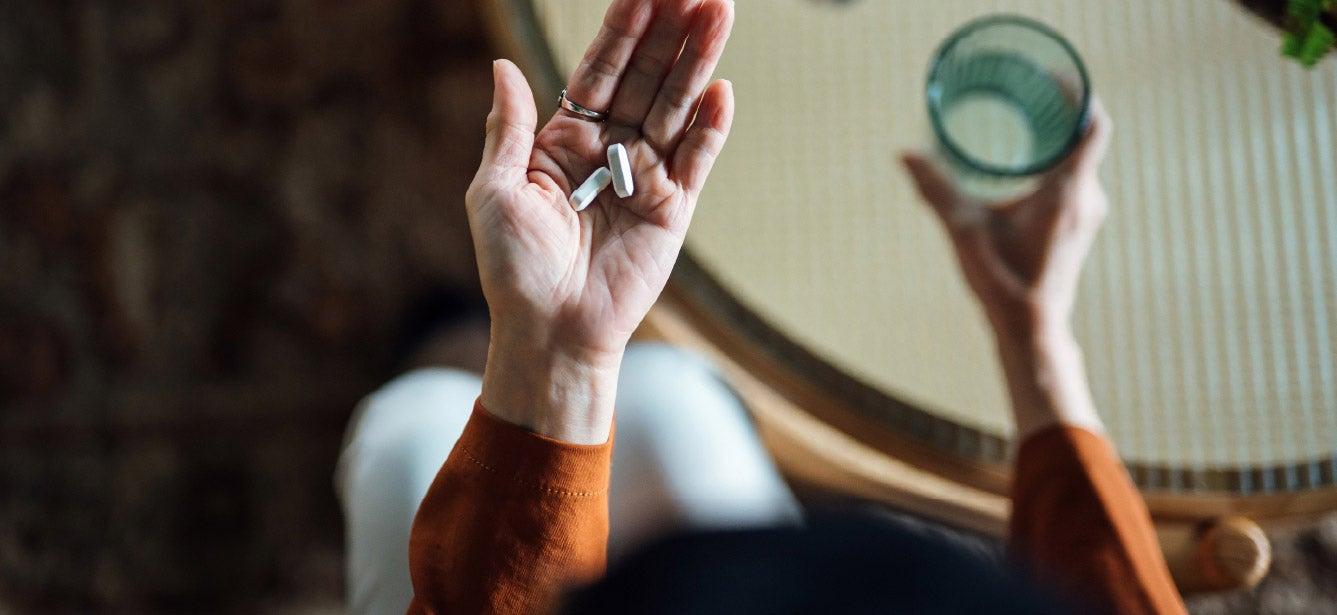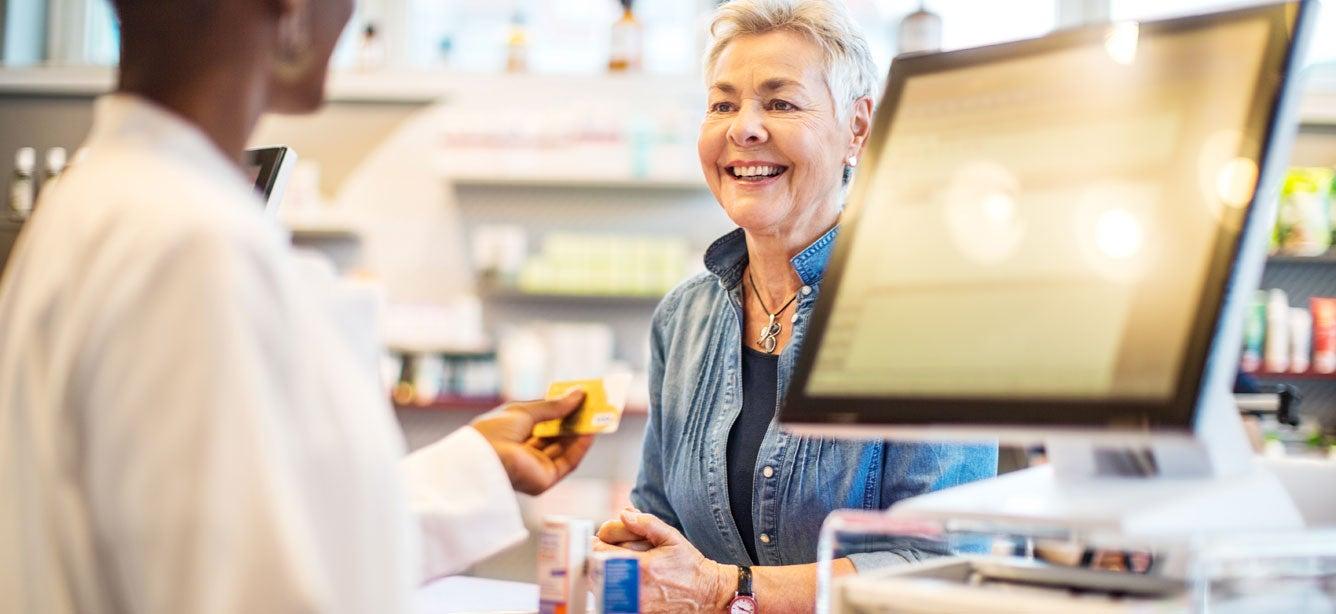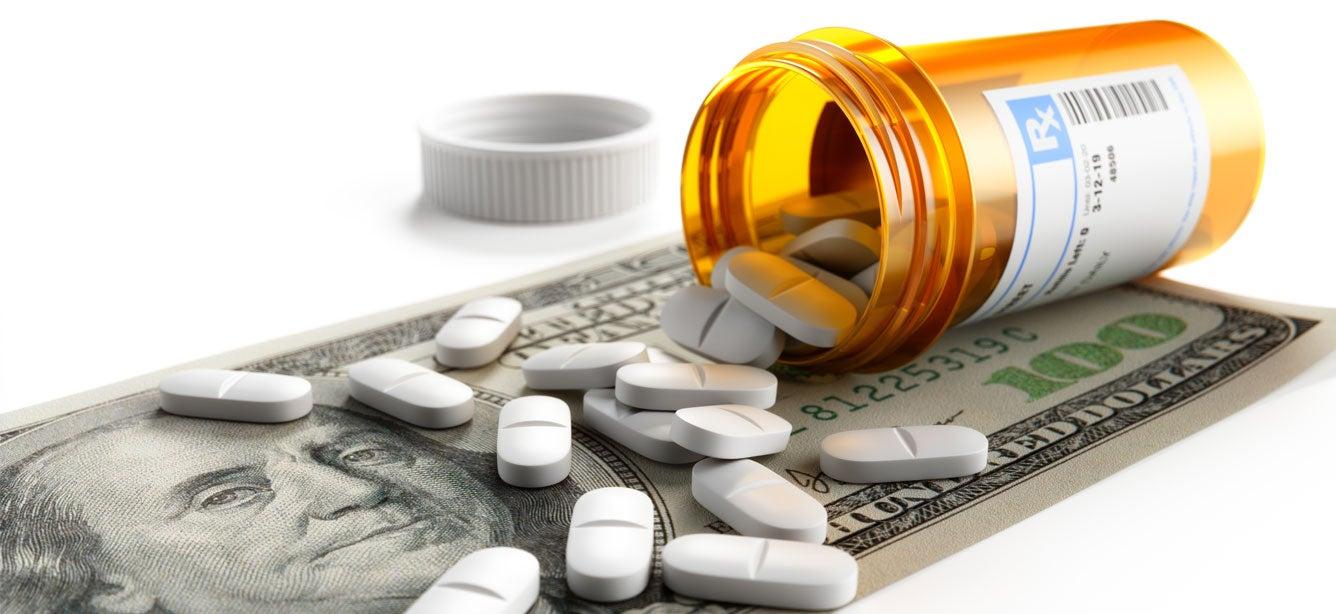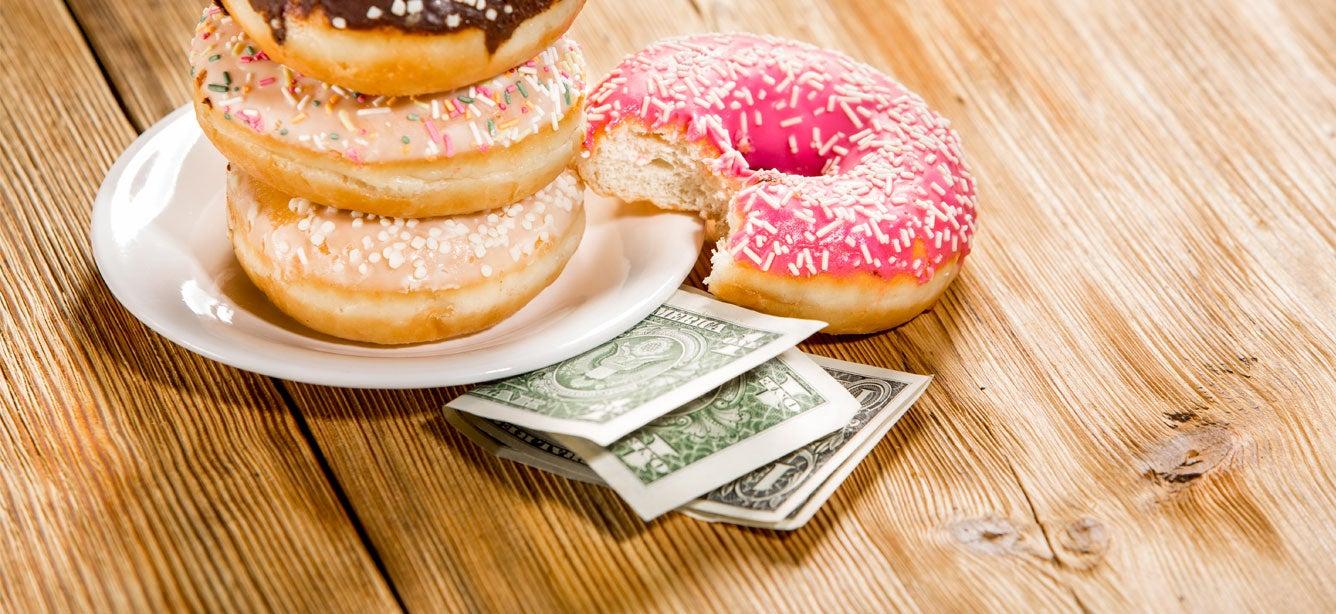
Related Topics
Do you need extra help paying for the prescriptions you need to stay healthy? Medicare Part D provides vital prescription drug coverage. But like original Medicare (Parts A and B), it’s not free. You’re still responsible for certain out-of-pocket costs like Part D premiums, deductibles, and copayments (copays).
The good news: If you have low income and are struggling to afford your medications, you may qualify for Medicare’s Part D Low Income Subsidy (LIS) program, also known as “Extra Help.” This program covers a portion of Part D out-of-pocket costs to provide financial relief for those with limited means.
How does Extra Help work?
In 2024, eligibility for the full Extra Help benefit (Full Subsidy) was expanded to people with income up to 150% of the Federal Poverty Level (FPL), and the partial benefit (Partial Subsidy) was eliminated.
In 2025, people with Part D LIS/Extra Help pay:
- No premiums for their Part D drug plan
- No deductibles
- No more than $12.15 in 2025 for each brand-name drug the plan covers ($4.90 for generic)
- No Part D late enrollment penalty, if applicable
Extra Help enrollees also receive a quarterly Special Enrollment Period (once per calendar quarter during the first nine months of the year) to join or switch Part D drug plans. This means you do not have to wait for the annual Open Enrollment Period (Oct. 15 – Dec. 7) to change plans.
Who qualifies for Extra Help?
Eligibility for LIS/Extra Help depends on your income and assets. Some people get Part D Extra Help automatically. If you fall into one of the categories below, you do not need to apply for Extra Help:
- You’re enrolled in both Medicaid and Medicare (“dual eligible”).
- You receive Supplemental Security Income (SSI).
- You qualify for a Medicare Savings Program.
Not enrolled in any of the benefits programs above? You’ll need to apply for Extra Help directly through the Social Security Administration (SSA). NCOA's BenefitsCheckUp® has a direct link to submit an Extra Help application to SSA. You can also browse benefits that can help you pay for your health care and prescription costs (and more!).
What if I don't qualify for Extra Help?
If you do not qualify for the Part D LIS/Extra Help program, there several other ways to get assistance with your prescription drug costs:
- If you're taking brand name drugs, talk to your doctor about switching to generic. Generic drugs usually cost less, and some plans may cover generic drugs if the coverage gap is reached. Or ask your doctor about switching to a lower-cost brand name drug.
- See if you can get a drug at a lower copay. This is important if your drug has a high copay.
- Ask your doctor if you can get more pills or a higher dose each month.
- Find a Pharmaceutical Assistance Program for your prescriptions at Medicare.gov. These programs help eligible people access prescription medications at a reduced cost (or no cost).
- Apply for the Patient Advocate Foundation's Co-Pay Relief program.
- Seek help from a Patient Assistance Program (PAP) that serves people in Medicare Part D plans. If enrolled in a PAP, you must submit your out-of-pocket costs tto Medicare or they will not count toward your total drug costs. Check with your Part D plan to see how to submit out-of-pocket costs.
- See if your doctor can give you free samples of any of the medicines you take.
- Contact your county public health department to ask if they have a free medicine program.
Changes to Part D in 2025 that impact your costs
Important changes take effect in 2025 that can help you better manage your out-of-pocket drug costs—even if you aren’t eligible for Extra Help:
- The Part D coverage gap (which temporarily limits the amount your plan will pay for drugs) is eliminated, and yearly prescription drug cost sharing is capped at $2,000. That means once your out-of-pocket costs reach $2,000, you pay $0 for covered medications for the rest of the plan year.
- You can opt for a Part D payment plan that lets you break high drug co-payments into more affordable monthly installments.




